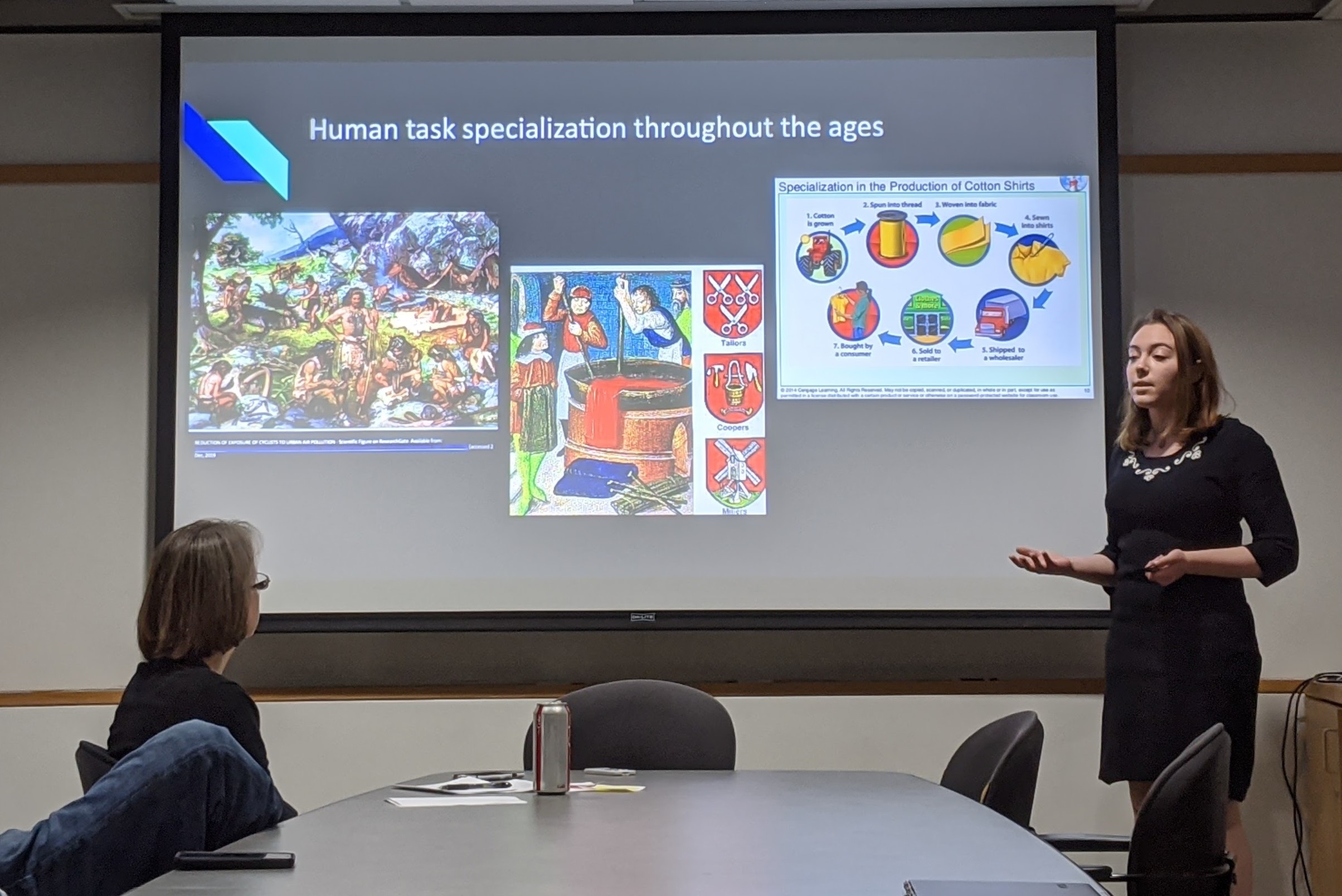How do interactions between individuals from different populations contribute to cultural richness?
By: Yotam Ben-Oren (The Hebrew University of Jerusalem), Erella Hovers (The Hebrew University of Jerusalem), and Oren Kolodny (The Hebrew University of Jerusalem), Nicole Creanza Assistant Professor of Biological Sciences (VU)
Why are human cultures so diverse? What makes some cultures richer than others? How can very small populations possess very complex cultures? According to a new study, the answer may not lie in the populations themselves but in their relationships with other populations.
Questions dealing with human culture attract researchers from diverse disciplines. In the field of cultural evolution, researchers try to use tools from the world of evolutionary research to understand which factors lead to cultural inventions, what affects the spread of inventions, and what predicts their survival. One of the theoretical predictions of models in cultural evolution is that larger populations will have richer material cultures, meaning that they will include a wider variety of tools of different types, similar to the expectation that larger populations will be more genetically diverse. However, when anthropologists tried to quantify the diversity in the material culture of different traditional societies, of traditional farmers, fishermen, and hunter-gatherers, they found that such a relationship does not always exist.

In a new study published in the journal Biology Letters, a group of researchers from Vanderbilt University and the Hebrew University of Jerusalem, Israel, suggests that the answer to this contradiction may be found in the connectivity among populations. “One can look at a population with very few individuals in the heart of the Amazon and be astonished by its cultural complexity,” says Yotam Ben-Oren, one of the authors of the article. “But actually, even the most remote populations in the world do not exist in complete isolation from other populations. In our article we demonstrate, using a simple computational model, that even rare interactions between populations may have a significant effect on the size of their cultural repertoire.” In other words, the cultural connections that a group of a certain size maintains with other groups may lead to its culture being much richer than we would expect if it existed in isolation.

Furthermore, the study suggests that under certain conditions, the cultural richness of a group of small, interconnected populations can even exceed what is expected from a single population of the same total size. “One reason for this phenomenon,” explains Biological Sciences Assistant Professor Nicole Creanza, another author of the article, “is that when there are several populations that are connected to each other, if one population loses the necessary knowledge about making a certain tool, for example, the tool may be preserved in another population, and the population can reacquire the knowledge via their cultural connections.
One of the lead authors, Sarah Saxton Strassberg, has been fascinated by human history and culture since her time at Vanderbilt as an undergraduate researcher in the Creanza lab, and she has remained involved in the project during her graduate studies at the University of Chicago. “One of the interesting discoveries emerging from our model is that connectivity between populations does not necessarily lead to cultural homogenization. One could expect that when, for example, a small population is in frequent contact with a larger population, it will eventually lose its cultural uniqueness. We show that there are situations in which the cultural richness of the small population will not only grow by sharing more cultural traits with the large population, but its unique cultural repertoire will also grow.”
One of the ways in which the unique cultural repertoire of a small population can grow, according to the researchers, is when the population adopts a cultural trait from a larger population and preserves it, while in the larger population the trait is lost over time. The insights that emerge from the model may be important both for understanding contemporary cultures and for deciphering the course of human cultural evolution in ancient times. In particular, the research findings suggest that to understand human cultures it is perhaps advisable not to focus on comparing them as separate units, but rather to realize that human cultures, even those that are significantly different from each other, develop and build from interaction and mutual fertilization between them.
Citation: Ben-Oren, Y., Strassberg, S. S., Hovers, E., Kolodny, O., & Creanza, N. (2023). Modelling effects of inter-group contact on links between population size and cultural complexity. Biology Letters, 19(4), 20230020. https://doi.org/10.1098/rsbl.2023.0020
Funding Statement: N.C. and S.S.S. received funding from Vanderbilt University and the VU Summer Research Program. O.K. and Y.B.-O. are supported by the US–Israel Binational Science Foundation (BSF) and by the Israeli Science Foundation (ISF; 1826/20).
